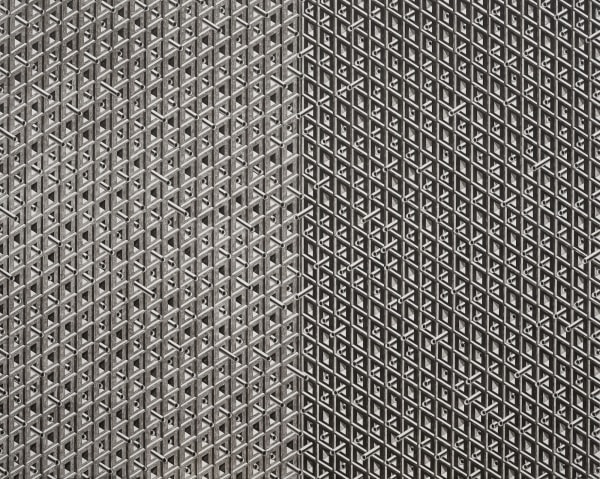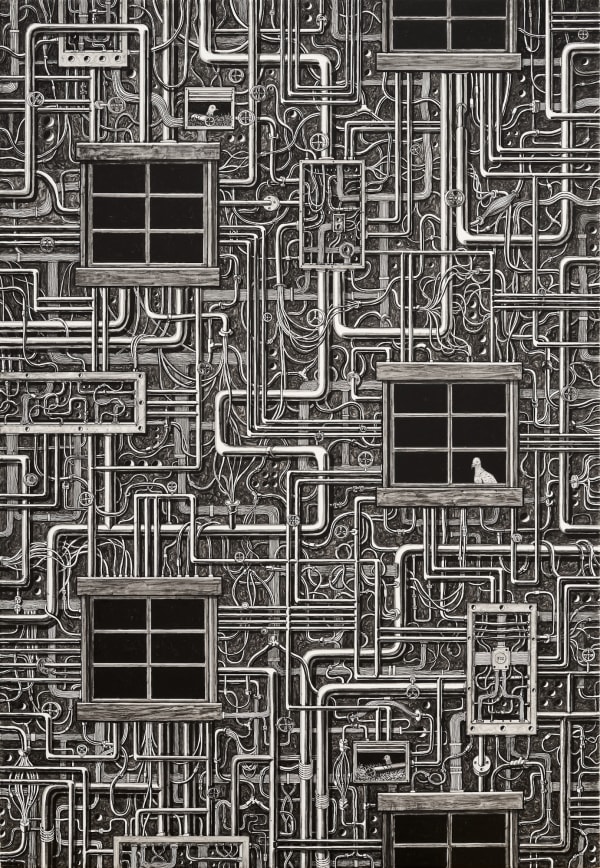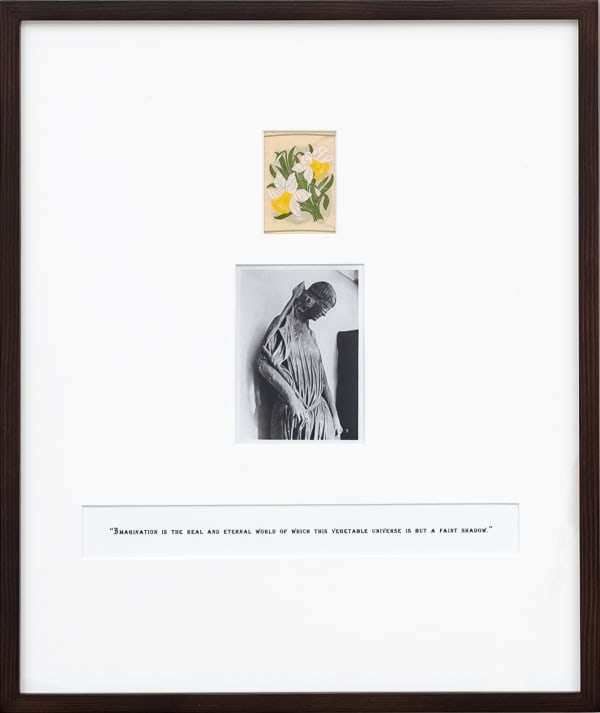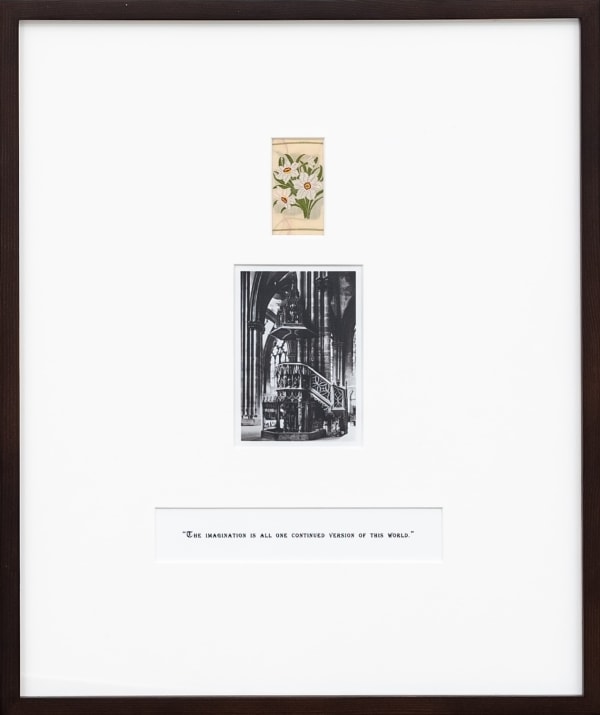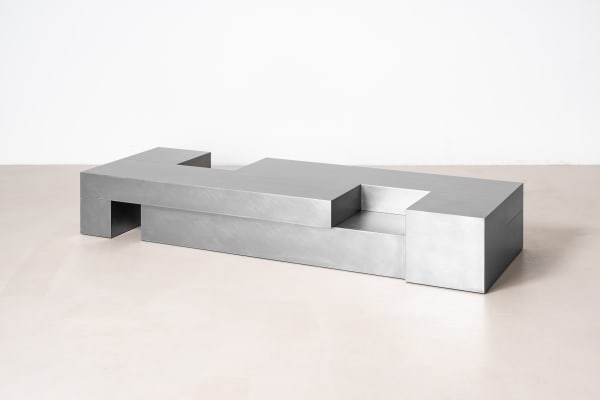Chapter II is pleased to announce 'Dummy Loop', an exhibition of works by four Korean artists: Ki Seul Ki (b.1983), Lee Deok Young (b.1990), Choi Hae Ri (b.1978) and Hwang Hyung Shin (b.1981), from 30 August to 28 September, 2024.
Yoshio Taniguchi (b. 1937), renowned as an architect in charge of the reconstruction of MoMA NY in 2004, famously said, “If you raise the budget, I will make the building disappear.” The phrase showed his keen reflection on the ideal practicality of contemporary art spaces. The comment resulted from his idealistic belief that the interface of art and the public would be broadened to its maximum without unnecessary dimensional intrusion if the realization of extreme minimalism allowed in architecture is possible regardless of budget.
“White Cube,” generally understood as a museum, originally refers to “a vacant space enclosed by big and white walls,” which can satisfy the intrinsic role of exhibiting artworks. Also, it is an implicative definition of what a space designed for appreciating art has to have, as the example of the architecture mentioned above addressed. One of the fundamental reasons why contemporary art spaces have developed to provide the best environment for viewing is the intention to reinforce the authority and hierarchy of those spaces by deliberately breaking them off the busy and complicated outside world; besides, the progress has been possible since contemporary art has diversified and grown theorized throughout various genres and ages. Thus, the transformation of art establishments demonstrates in advance that we have arrived at the time that understanding art includes the process of analyzing the interaction of the artists’ background and a variety of experiences, thoughts and emotions conveyed in their artworks with all our concentration and sensitivity.
The exhibition title, Dummy Loop, a term often used in the computer programming field, indicates the loop repeating itself simply without processing a specific goal to generate delays in the given programs. For this exhibition achieved by the collaboration of a furniture designer, Hwang Hyung Shin, and Ki Seul Ki, Lee Deok Young, Choi Hae Ri, the term is selected as its title to imply an active acceptance of the complexity and ambiguity intentionally contained in the presented works by the artists and the recommended viewing attitude according to these traits of the works. In other words, if the viewers spend enough time concentrating on each piece of work with careful attention as how the dummy loop operates in a program, they could encounter a split moment of approaching more towards implicit messages of the works and intents of the artists. The experience is also the reason for the inclination to utopian spaces that many leading space designers, including Taniguchi, stated in the first paragraph, ultimately have attempted to construct.
-
 Ki Seul Ki, System_Mercury, 2022
Ki Seul Ki, System_Mercury, 2022 -
 Ki Seul Ki, System_Mars, 2022
Ki Seul Ki, System_Mars, 2022 -
 Ki Seul Ki, System_Sun, 2022
Ki Seul Ki, System_Sun, 2022 -
 Ki Seul Ki, System_Neptune, 2022
Ki Seul Ki, System_Neptune, 2022 -
 Ki Seul Ki, System_Uranus, 2022
Ki Seul Ki, System_Uranus, 2022 -
 Ki Seul Ki, Show Window I, 2019
Ki Seul Ki, Show Window I, 2019 -
 Lee Deok Young, Unknown Architecture, 2022
Lee Deok Young, Unknown Architecture, 2022 -
 Lee Deok Young, Useless Building, 2020
Lee Deok Young, Useless Building, 2020 -
 Lee Deok Young, Exposed Building, 2020
Lee Deok Young, Exposed Building, 2020 -
 Choi Hae Ri, Embroidery Toon #1, 2022
Choi Hae Ri, Embroidery Toon #1, 2022 -
 Choi Hae Ri, Embroidery Toon #2, 2022
Choi Hae Ri, Embroidery Toon #2, 2022 -
 Choi Hae Ri, Damask Hour, 2022
Choi Hae Ri, Damask Hour, 2022 -
 Choi Hae Ri, Hwe, 2020
Choi Hae Ri, Hwe, 2020 -
 Choi Hae Ri, Tri-faced Blue Tit, 2018
Choi Hae Ri, Tri-faced Blue Tit, 2018 -
 Hwang Hyung Shin, Layered Steel, 2024
Hwang Hyung Shin, Layered Steel, 2024 -
 Hwang Hyung Shin, Layered Wood, 2021
Hwang Hyung Shin, Layered Wood, 2021 -
 Hwang Hyung Shin, Layered Steel, 2020
Hwang Hyung Shin, Layered Steel, 2020









